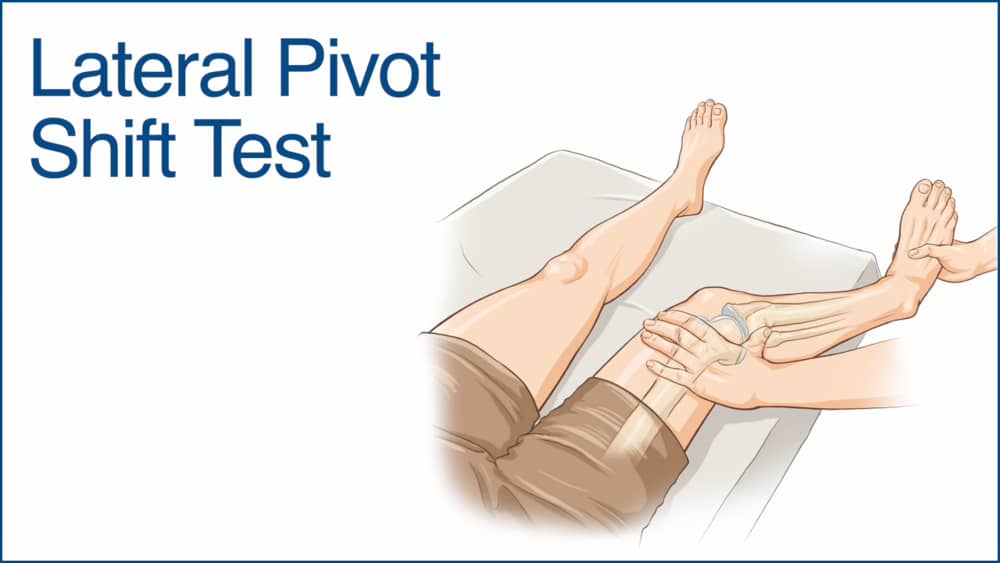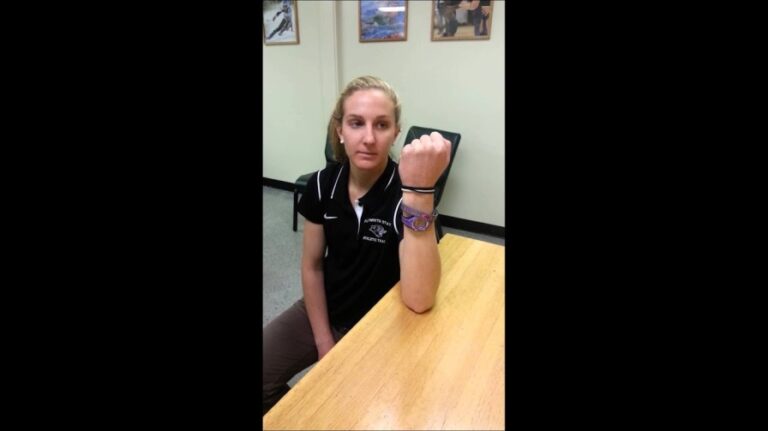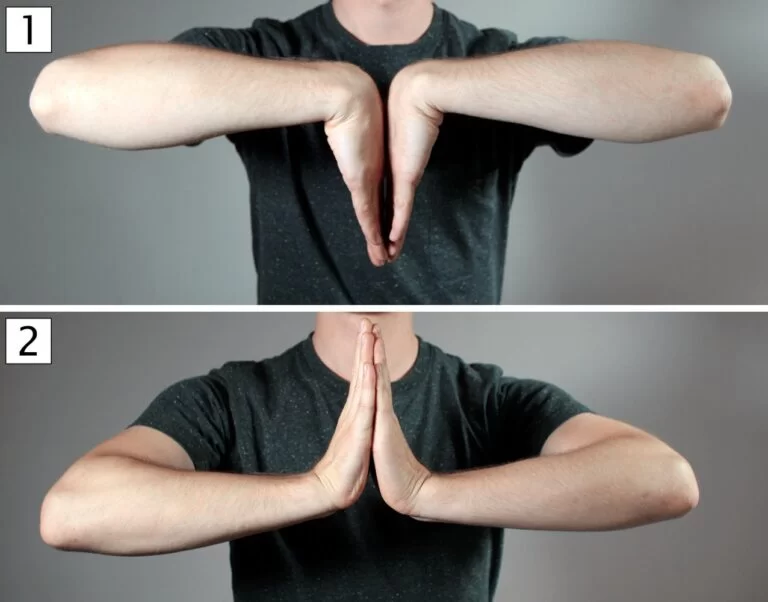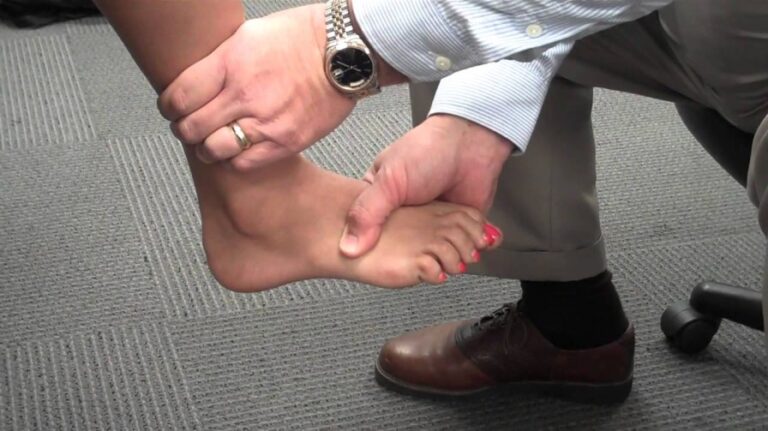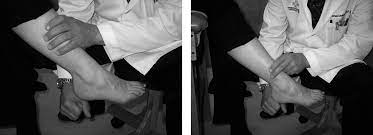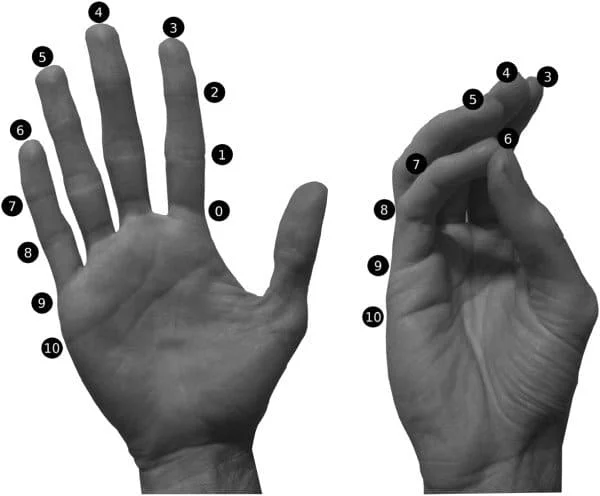Lateral Pivot shift test
- It is also known as the test of the maclntosh .
- This test is dynamic but passive test of the knee stability .
- It is to carried out by the examiner without the any activity of to patient.
- It id show the dys-regulation between the rolling & gliding into the knee joint.
- Patient Position is supine.
- In this test movement is do the combination with axial load & valgus force which is apply by to examiner, during of this time knee is do flex from to in extended position.
- When the test is positive, it is indicates injury of the ACL [ anterior cruciate ligament] .
What is Purpose of this test?
- This test is used to detect the anterolateral rotary instability of the knee.
- It is a primary test for the assess of the ALRI .
- It is an excellent test for rupture Means third – degree of sprain of the ACL [ anterior cruciate ligament].
Technique of pivot shift test :
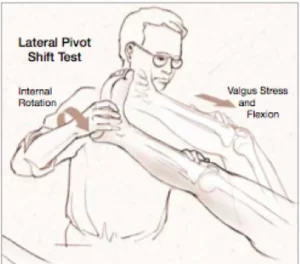
- Patient position for test is supine.
- In this position legs are relaxed.
- Then examiner is grasps heel of to involved leg & opposite hand is place to laterally means externally on to proximal tibia like as to just distal of to knee.
- The examiner is apply to valgus stress & axial load while to do internally rotate means medial rotate of the tibia & knee is move into the flexion from of fully extended position.
Result of pivot shift test :
- During this test ,the tibia moves away form the femur on the lateral side but rotates medially & moves to anteriorly in relation to the femur.
- Positive test is indicated to sub-luxation of to tibia while to femur is do to externally rotates means laterally rotates followed by to reduction of to tibia at 30-40 degrees of flexion.
What is the research of pivot shift test?
- This test is attempts to reproduce rotary & translator instability in the anterior cruciate ligament [ ACL ] deficient of knee.
- This test is clinically relevant & reproduces of functional movement of to knee joint.
- This test is reliable for in both condition ; self-assessment of laxity of patient & with the surgical performance.
- Sensitivity of test = from 0.18 to 0.48
- Specificity of test = from 0.97 to 0.99
Grading of pivot shift test :
- This grade is according to the rotation.
Grade I pivot shift test :
- When to tibia is held in maximal medial means internal rotation, it is a abnormal movement which is feel in small & gentle sliding of reduction.
- It is occur into neutral / lateral rotation.
- It is palpable when the patient is awake but it is more obvious for to under general anesthesia.
- Grade I of knee is to result of the residual laxity / partial cruciate injury.
Grade II pivot shift test :
- It is a define by to clunk when to tibia is in to medially means internal rotated position.
- There is to abnormal movement in to neutral position.
- Test is negative when to tibia is held into position of the definite lateral means external rotation.
- Because of to clunk & do the abnormal movement into neutral position.
- It is a difference between to grade I & grade II.
- Into grade II knee is do the more obvious to anterior instability, due to non- functioning of ACL.
- Grade of to pivot shift test is seen after to fresh the isolated rupture of to anterior cruciate restraints & also into chronic instability of to moderate degree.
Grade III pivot shift test :
- When the tibia is held in to neutral/moderate lateral means external rotation & abnormal movement is do with the pronounced clunk is to takes place.
- Tibia is follow path of maximal anterior laxity.
- Due to the gravity, femur is falls onto posteriorly.
- Tibia is located in the anteriorly translate position with the lateral means external rotation.
- With medial means, internal rotation to shift is less obvious.
- With acute injury knee is moderate to severe damage to posteromedial & posterolateral structures, including complete anterior cruciate ligament injury, we find a grade III pivot shift.
- It is also to case when to knee is in severe chronic instability & consequent stretching of the secondary posterior restraints.
- Table 1 :
- It shows displacement of to medial & lateral plateau of to knee.
- Comparing different grades of to severity of injured knee in accordance with to pivot shift test.
| Pivot shift test | Normal of knee | Grade I | Grade II | Grade III |
| Medial plateau | 3mm | 5mm | 10mm | 15mm |
| Lateral plateau | 5mm | 12mm | 18mm | 22mm |
Remark of this table = lateral side of to tibia plateau is always more mobile.
Which is the structure is affected during this positive test?
- Anterior cruciate ligament
- Posterolateral capsule
- Arcute – popliteus complex
- Lateral collateral ligament
- Iliotibial band
Clinical Bottom Line of pivot shift test :
- Meaning of this test is in determine to clinical significance .
- Which is do the different grades of test for to define the level & direction of laxity, which is called to anteromedial or posterolateral & anterolateral .
- It is results into visualization of to progression in to chronic anterior cruciate injury.
- It is due to successive use of three positions of tibial rotation .
Other part of pivot test
- If the patient is tense or apprehensive , the test is modified which is called to soft pivot shift test.
- The patient lies supine & examiner supports the test foot with one hand while placing the other hand over the calf muscle 10 to 20 cm means 4 to 8 inches distal to the knee joint .
- Examiner is flexes & extends the knee slowly & gently to relax the patient.
- After do the three to five cycles, the examiner apply axial compression while the other hand over the calf exerts anterior pressure.
Result of this test
- Positive test is indicate to tibia sublaxates & reduces but not with the same apprehensive.

